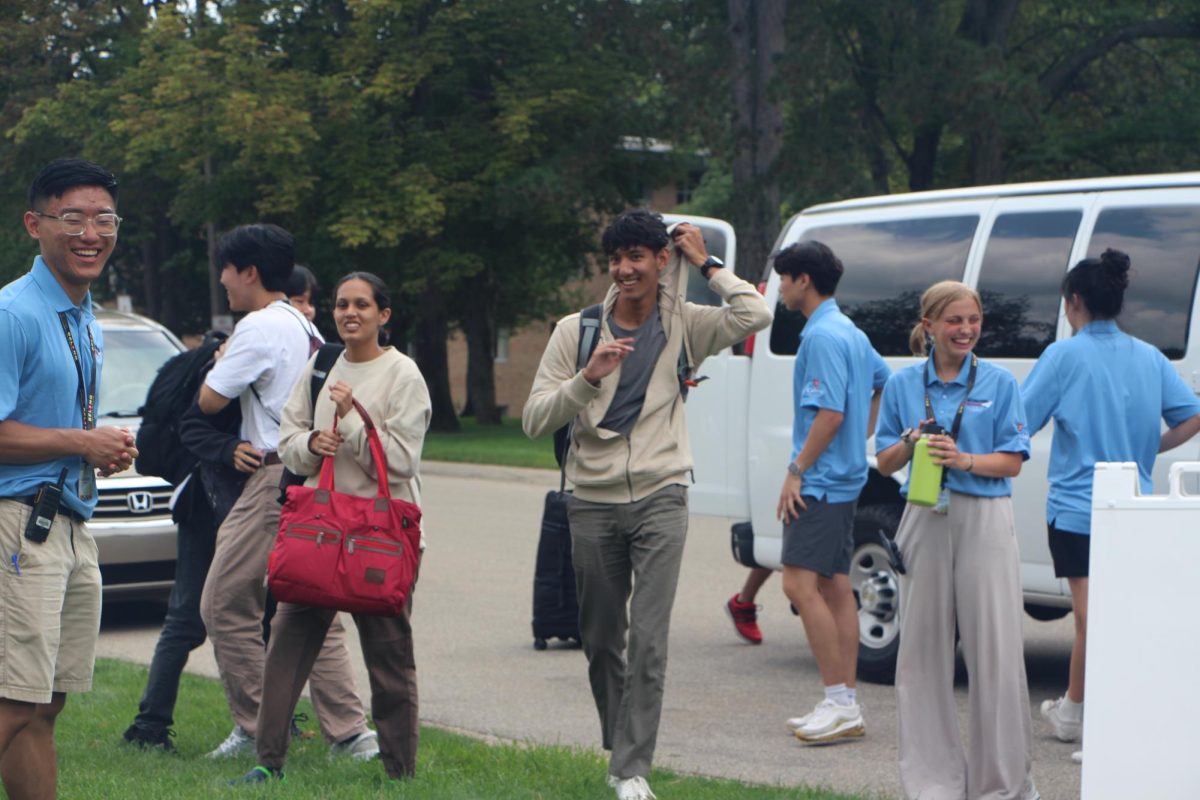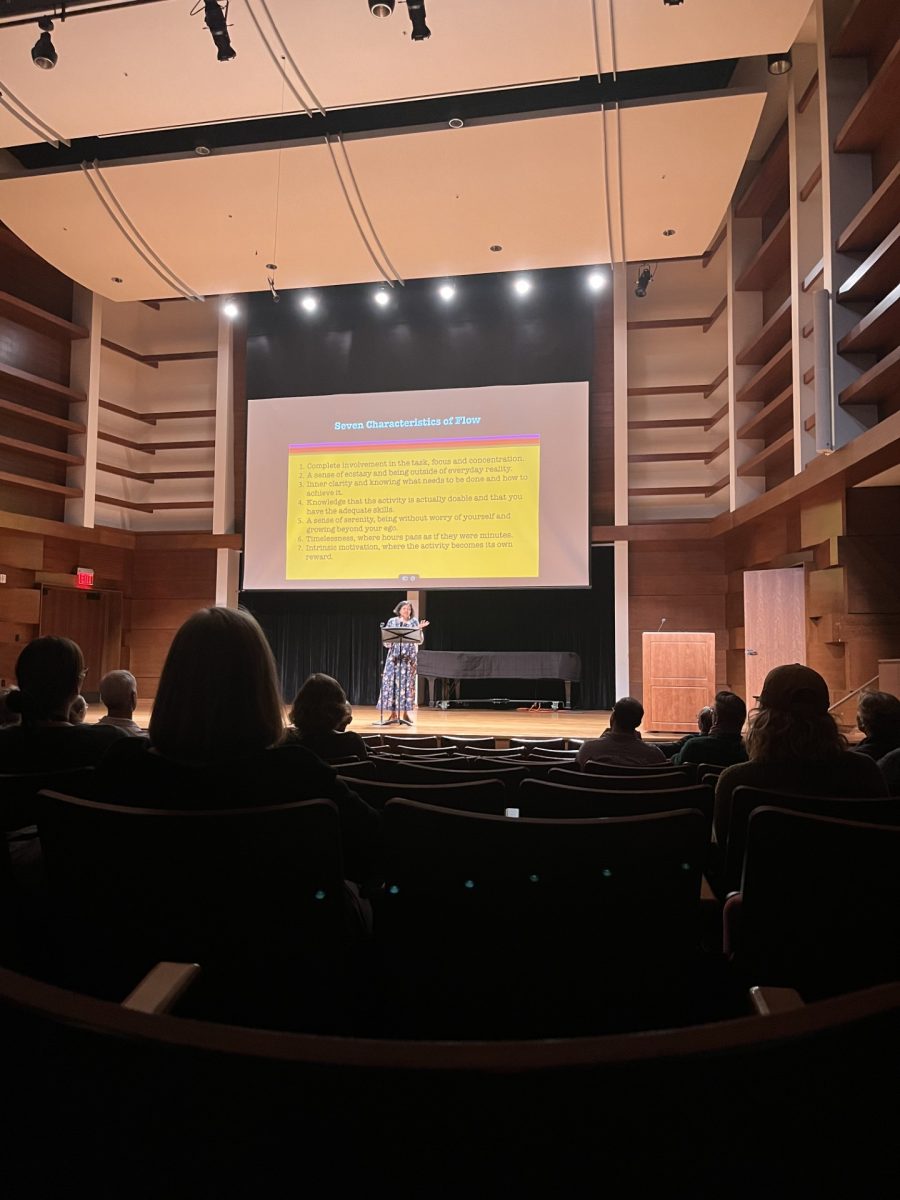This week’s feature is a view of gender roles at Calvin by sophomore Emily Anderson. In her piece titled “Changing the way we talk about women at Calvin,” Anderson presents her perspective on women and floor culture in her dorm, Kalsbeek-Huizenga-vanReken.
The following is an opinion piece and does not necessarily represent the views of Calvin Chimes, Calvin College or the Christian Reformed Church.
In the wake of the 50th anniversary of Betty Friedan’s revolutionary book, “The Feminine Mystique,” it is easy to take what Friedan wrote as a dated account of women’s social role in the United States. A lot has certainly changed since the book’s publication in 1963. We now have laws banning employment discrimination against pregnant women, and the percentage of women in the workforce has increased from 14.8 to 43.2 percent between the years 1967 and 2009, according to the United States Census Bureau. However, despite the second-wave feminism she influenced, the spirit of what Friedan reported on all those years ago is far from dead. It is vital that we change the language surrounding women’s roles in society.
With its serenades, floor dates and Calvin walks, Calvin College has an age-old reputation for sustaining a strong and often overwhelming dating culture. While never explicitly declared, the students at Calvin are very aware of the concepts of “freshmen frenzy” and “ring by spring.” This is why I was not surprised when I sat down for a meal in my coffee kitchen the first week of school to see two large declarations of admiration from my brother floor propped up against a wall. Sitting on the ledge of the windows leading to the first Kalsbeek hall were two two-foot posters with messages in Sharpie marker signed by every resident of first Huizenga. While one, a childlike rhyme, read “…how do we love you so? Sufficient to say it grows everyday…” it was the second poster that, through the lens of “The Feminine Mystique,” stuck out as a striking example of occupation: housewife. The poster read:
“Behind every great man is a woman who supports him
Behind every good husband is a wife worth being good for
And behind every little boy is a mother that teaches him well…
…but Kalsbeek girls are usually the ones up front.”
I investigated and found many of the girls on the floor were delighted at the thoughtful gesture while the rest were embarrassed over its silliness. No one seemed to notice or care about the poster’s emphasis solely on women’s role in the family structure. Articles in women’s magazines began their transition away from portraying self-sufficient, worldly women around the same time male writers were returning from the war, dreaming and writing of a cozy lifestyle and replacing female writers in the workforce. The ideal woman of that time was suddenly a woman with little education who married early, had a large family and never worked outside the home. This redefinition of femininity that occurred in the 1950s was largely — if not completely — the result of male influence. Certainly the posters left in the Kalsbeek coffee kitchen were not intended to be a reinforcement of these same outdated gender roles, but in many ways that is exactly what they achieve. The women written about in the poem are mothers and wives. There is no mention of the women whose identity is not connected in any way to a husband or her children, a career woman, a single woman.
What the women in the poem all have in common are their direct ties to the world of men as mother, wife and caretaker. Yet, as the guys of first Huizenga and everyone else would agree, women are much more than the labels we put on them. Women don’t get their identities from the roles they fill, but instead infuse their pre-constructed identities into their individual passions. This is something I believe everyone with a wife, mother, sister or woman in their life would agree on. The functions women hold in society being that of positive change is due to forces larger than any one individual or residence hall SET team. These are social constructs that have long been in place as a defining but confining standard for feminine norms. But just as the World War II-era woman was replaced by the ‘50s housewife, these attitudes can change, and it’s our responsibility to be agents for that change in the way we discuss gender roles.










